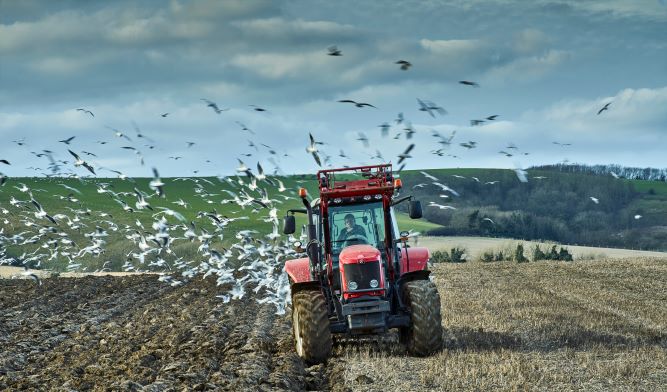Whilst only accounting for 1% of the workforce in the whole of Great Britain, the Agriculture, Forestry and Fishing sector is the most dangerous to work in – as backed up by UK government statistics for minor, major and fatal injuries. The importance of health and safety in this sector cannot be overstated and it has been a hot-button topic for decades now: How can safety procedures in agriculture be successfully implemented, to create a correct understanding and reduction of the likelihood of injuries, at the same time boost efficiency – but most importantly in the worst case, mean the difference between life and death?
Alarming Statistics
The average number of non-fatal injuries in the agricultural sector was more than twice as high last year in comparison to what workers in other sectors suffered, according to the government’s Health and Safety Executive (HSE). With an all-sector median average of 1.7%, agriculture reported a frightening 4% of non-fatal injuries. Worse numbers even for the fatal injuries, where over the past five years the deaths in the agriculture sector were a staggering 20 times higher than the all-sector meridian.
The numbers are showing a hazardous, difficult and dangerous environment to work in, with a significantly higher risk of injury and accidents in comparison to other work sectors. Due to the high daily amount of contact with industrial machinery and moving vehicles – which accounted for nearly a third of all fatalities in agriculture in the years 2020-2021 –, livestock and chemicals, risks pile up and paint a broad picture of diverse causes of death and injuries. The sector and its numbers are representing a clear need for accident prevention protocols.
Where can Accident Prevention be improved?
Probably the most important area to improve on is the long-term risk assessment, to effectively reduce risks presented by the workplace. To understand the risks that of the environment workers are faced with on a daily basis, leads to a more robust practice in handling potential hazards and consolidates for further methodologies to prevent accidents. Knowing all eventualities anticipates dangerous surprises and might just be enough to avoid injuries. Risk assessments, like the one provided by the HSE, ultimately result in effective management, and implementation of vital health and safety practices.
On a smaller scale, things like wearing personal protective equipment (or PPE) can already make the crucial, significant difference when it comes to potential workplace accidents. Making wearing the equipment a health and safety habit is going to go a long way, turning what might have been a major injury into nothing more than a minor inconvenience.
From goggles protecting the eyes when working with chemicals and various particles and shielding them from foreign objects; work gloves when handling heavy equipment or machinery for a better grip, protection against elements and hazardous materials; to face masks to prevent the infamous farmer’s lung – getting dressed for the job is important for all sectors.
In addition to the material provided above, the government’s Health and Safety Executive have also published an essential guide for health and safety in agriculture, aimed at farmers to aid in a better understanding and implementation of protection, to help improve the workspace, environment and health of employer and worker alike.




